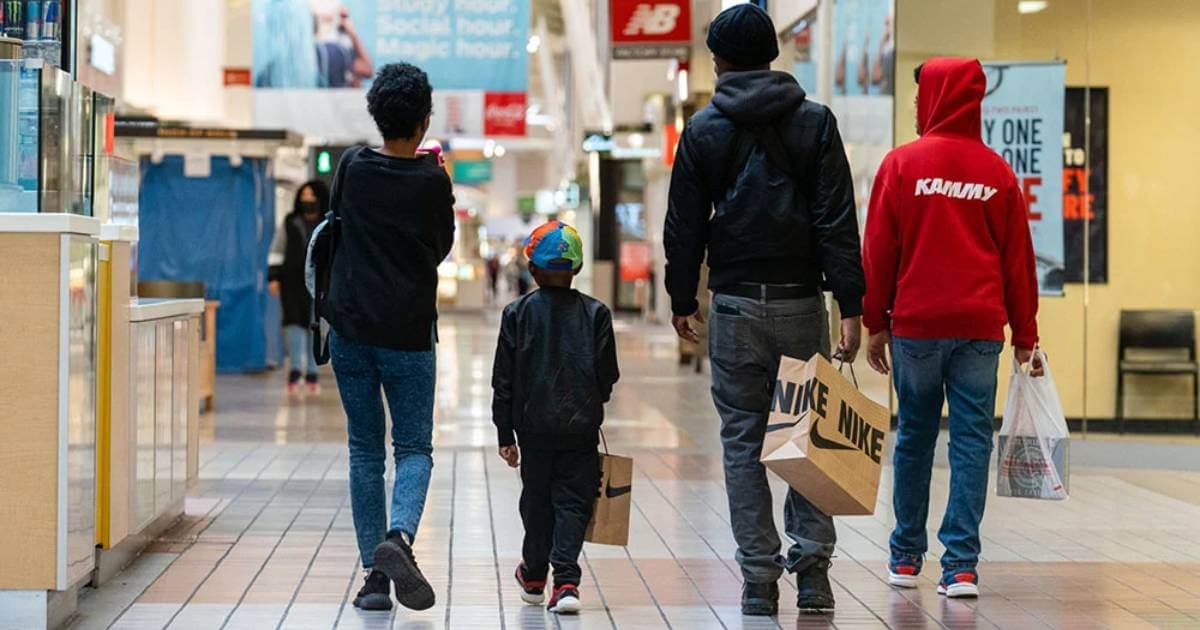
Holiday Spending Trends
Top-selling products are precious commodities this holiday season.
That’s not because the items themselves are in short supply due to shipping delays, as they were a year ago, but rather because consumers are buying fewer discretionary items and shifting spending to household staples. This trend comes as retailers are offering deep discounts in an effort to clear excess inventory by year-end.
And while sluggish sales have been found in select categories in the past, they’re cropping up in surprising places this year considering it’s the height of gift-giving season.
For example, toy suppliers are reporting strong sales of plush, action figures, and learning products, but the overall category has struggled with excess inventory and cancelled orders. While there have been “pockets of strength” with LEGO, Hasbro’s Magic the Gathering, and Mattel’s Barbie, the overall business has shown a sharp decline in sales, according to Jefferies analyst Andrew Uerkwitz.
“This has had a knock-on effect with new brands trying to enter the toy market for the first time as retail will remain cautious until they see velocity of sales improve for other well-known brands,” said Andrew Matjaszek, head of marketing and eCommerce at U.K. toy supplier Toikido.
Arts and crafts retailer JoAnn, in reporting Q3 earnings on Monday, reported “some pullback in demand” for fall seasonal categories at a time when holiday DIY typically hits its stride. And while the chain expects to finish the year with “strong sales momentum,” there has been “a noticeable shift in spending patterns by consumers who are prioritizing consumer staples and essentials over discretionary items,” JoAnn CEO Wade Miquelon said.
Travel products, not typically a holiday gift but a category that has gained momentum in recent months as consumers resumes trips, have been strong sellers for Concept One, CEO Sam Hafif said. Overall, however, travel products sales have declined, according to Deloitte.
And with retailers focused on gross margin to offset sluggish sales, licensed products are coming under pressure, Hafif said.
“Retailers are less willing to purchase licensed merchandise, which carry royalty rates of 15% to 18%,” Hafif said. “This is an opportunity for IPs with lower royalty rates to garner more shelf space.”
At a time when retailers are cautious about buying, content is proving to be a key deciding factor—especially in the case of children’s products, licensing executives said.
“Brands that no longer have a frequent stream of content audiences can engage [with] have seen a downturn,” Matjaszek said. “A child’s media consumption habits are vast and if a brand doesn’t have a regular touchpoint with a child, it’s out of sight and out of mind very quickly.”
Retailers, however, have also shown interest in collaborations as a means of fighting against more modest consumer spending. Many of these collaborations feature high-profile brands as well as limited inventory to attract attention. For example, boots supplier Hunter launched a men’s and women’s collaboration with New York fashion brand Rowing Blazers, while Canadian outerwear supplier Canada Goose partnered with fashion brand Reformation on a collection. And western wear brand Stetson teamed with artist Matt McCormick on Chelsea boots as well as six limited-edition Fender Telecaster electric guitars.
These collaborations tend to appeal to Gen Z shoppers in particular, 49% of whom expect to spend about the same amount this holiday season as they did a year ago, according to a survey by the e-tailer Shein. The majority (67%) of those polled said they started shopping for the holidays in early November, with 52% maintaining they will buy whatever is on sale.

















